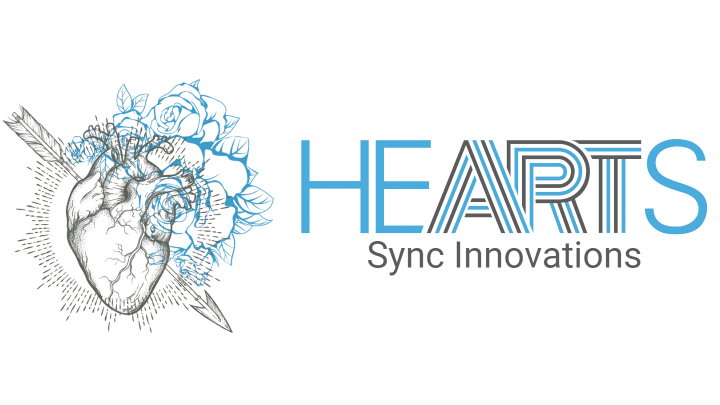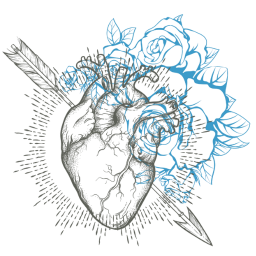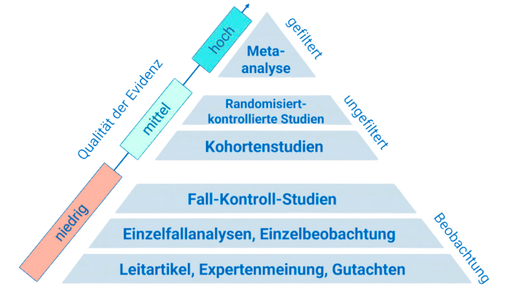Imagine a world where each reach into the medicine cabinet feels like a lottery, unsure if one draws healing or danger. Our dependence on prescription medications has become a reality, whether it occurs consciously or unnoticed. While we all hope for the latest medical miracles, the invisible threat lurks right within the colorful pills meant to help us.
Prescription medications are intended to address the diverse health needs of individuals. They are meticulously developed to cure diseases, alleviate symptoms, and improve quality of life. But what happens when the healing pillsmedicine that is supposed to lead to healing turn into unnoticed dangers? More often than we think, people use prescription medications without the required medical supervision [1], increasing the risk of misuse and addiction. Especially dangerous is the modificationalteration of medications such as crushing tablets, which changes the release of the ingredients [2]. This manipulation can not only impair the effectiveness of the medication but also lead to an overdose.
Aside from the obvious risks of misuse and physical problems, improper medication consumptionintake of medications contrary to medical instructions and storage can lead to further health impairments. Studies show that administering medications without appropriate oversight massively increases the risk of adverse side effects [3], while proper disposal of unused medications protects public health by preventing misuse [4]. Furthermore, innovative technologies like electronic prescribing systems have the potential to improve the oversight of medication usage and prevent potential misuse early on [5].
A comprehensive study in nursing homes demonstrated that regular reviews of medication plans by an interdisciplinary team significantly reduced inappropriate prescriptions and medication problems [3]. This methodologically well-conducted study with a large sample size of 483 patients shows how critical interventions can optimize medication safety. Another investigation in rural pharmacies demonstrated the effectiveness of software-assisted medication reviewstechnological systems used to track and optimize medication usage, leading to a significant reduction in adverse interactions [6]. These studies highlight the importance of well-structured, technology-supported approaches to promote safe practices in medication handling.
To counteract the potential dangers of medication intake, patients and their families should schedule and implement regular reviewsassessment or monitoring of their medication plans by healthcare professionals [3]. The implementation of electronic prescribing systems can also be a valuable tool in this regard [5]. Additionally, promoting non-pharmacological pain management techniques such as physical or behavioral therapy is crucial to reduce the need for prescription painkillers [7]. Finally, proper disposal of unused medications should not be overlooked to prevent misuse by third parties [4].
Medications can be both a curse and a blessing. Science has shown us that the conscious and controlled handling of prescriptions, alongside innovative technologies for monitoring medication intake, is essential to minimize health risks. By implementing the proposed steps, each individual can contribute to ensuring the safe and healthy use of medications. So stay vigilant and informed – your health may depend on it.
This health article was created with AI support and is intended to help people access current scientific health knowledge. It contributes to the democratization of science – however, it does not replace professional medical advice and may present individual details in a simplified or slightly inaccurate manner due to AI-generated content. HEARTPORT and its affiliates assume no liability for the accuracy, completeness, or applicability of the information provided.














